Colored pencil art offers a unique blend of precision and creativity, allowing artists to create stunning and intricate pieces. Whether you’re a beginner discovering the medium or an experienced artist refining your skills, mastering colored pencils can elevate your artistic expression. This guide presents key tips and techniques to help you unlock the full potential of colored pencils art and create masterpieces that captivate the eye.
Choosing the Right Colored Pencils
Understanding Pencil Types
The first step in creating captivating colored pencil art is choosing the right pencils. Artists generally rely on two main types: wax-based and oil-based colored pencils. Wax-based pencils are softer and easier to blend, making them suitable for layering and creating rich textures. On the other hand, oil-based pencils are firmer and offer a more consistent application. They are less prone to breakage and can produce fine details. Understanding these differences enables you to select the pencils that best suit your artistic style.
Brands Matter
Not all colored pencils are created equal. Investing in reputable brands often makes a significant difference in quality. Well-known brands like Prismacolor, Faber-Castell, and Derwent offer high-quality pigments that produce vibrant colors. As you explore different brands, consider buying a small set first to test their performance. Look for pencils that provide smooth application, excellent opacity, and good lightfastness. The right tools can inspire confidence and creativity as you build your colored pencil skills.
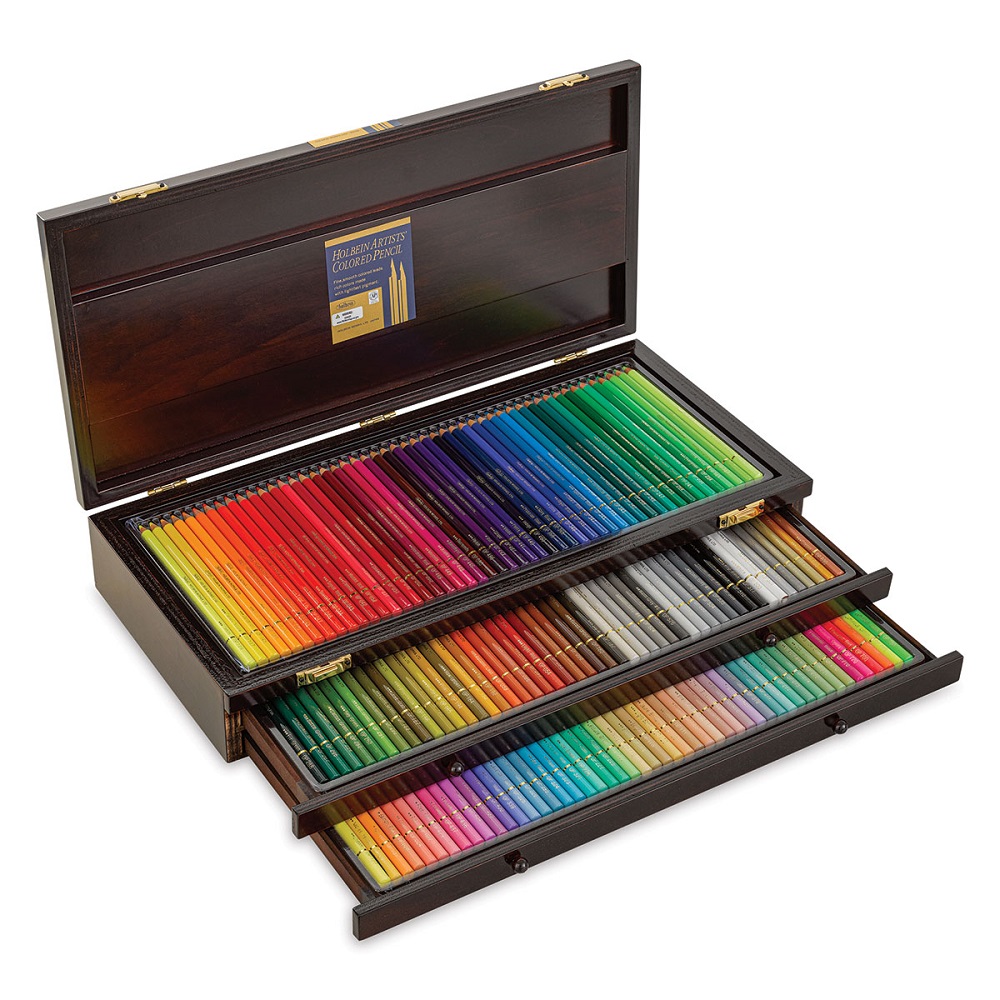
Mastering Basic Techniques
Layering for Depth
One of the fundamental techniques in colored pencil art is layering. Remember that colored pencils are transparent, allowing you to build depth through multiple layers of color. Start with lighter shades and gradually add darker tones, working in small circles for even application. Use a light touch initially and increase pressure only as needed. This gradual layering helps you achieve a richer color palette and smooth transitions between hues, creating a more lifelike representation in your artwork.
Blending Techniques
Blending colors expands your artistic palette and allows you to create realistic textures and shading. There are various methods for blending colored pencils, including using a colorless blender pencil, blending stumps, or even your fingers. Each method has its unique effect; for instance, a blender pencil creates smooth transitions, while a blending stump can help with fine detail work. Experiment with these different blending techniques to discover what works best for your style and the specific piece you’re creating.
Understanding Color Theory
The Color Wheel
A solid grasp of color theory will significantly improve your artwork. Familiarize yourself with the color wheel, which consists of primary, secondary, and tertiary colors. Understanding complementary colors—pairs of colors that, when combined, cancel each other out—can help enhance your artwork. For example, pairing blue with orange creates a vibrant contrast that can make elements of your composition pop.
Creating Harmonious Palettes
Once you understand the fundamentals of color theory, practice creating harmonious color palettes. Analogous colors, which are adjacent on the color wheel, can create a calming effect, while complementary colors can add drama and excitement. Choosing the right palette for your artwork is crucial; it sets the mood and directs the viewer’s focus. Consider creating a color palette chart to reference when planning your projects.
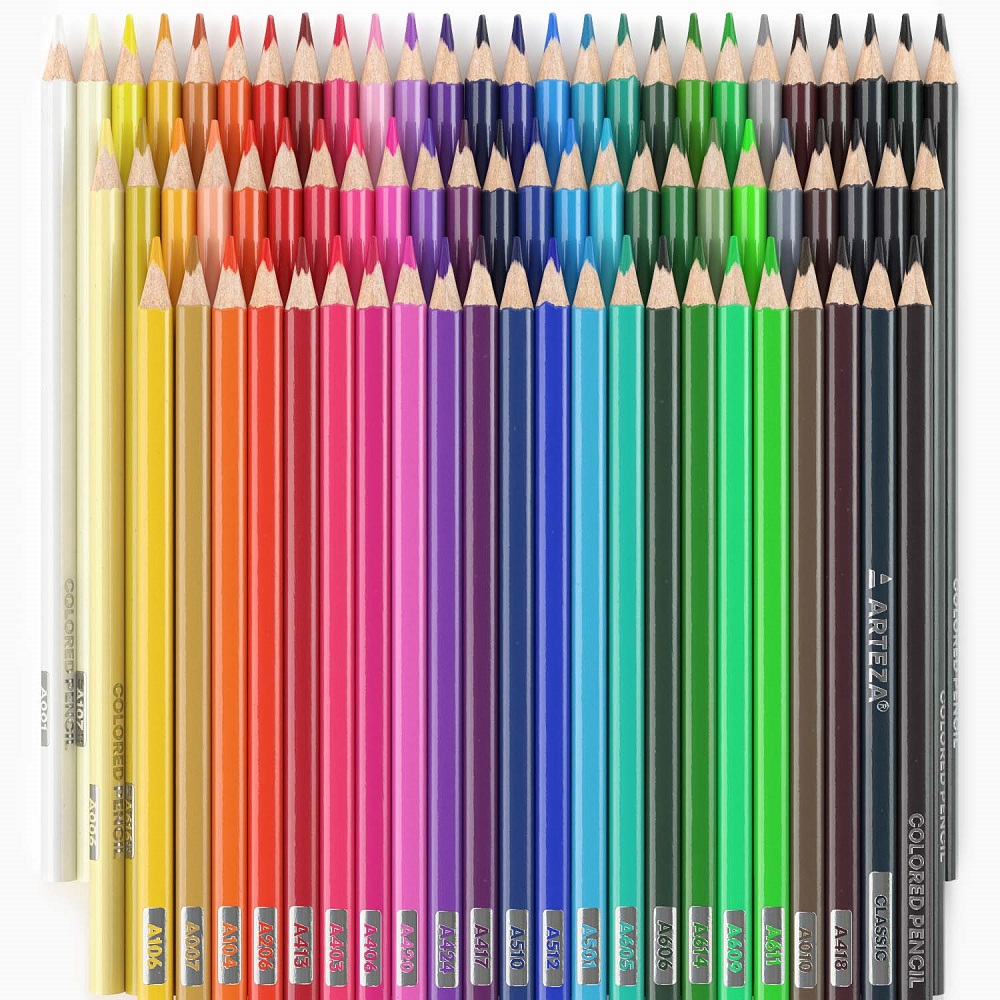
Investing in Quality Supplies
Paper Makes a Difference
The type of paper you use can greatly impact your colored pencil art. Using smooth, high-quality paper designed for colored pencils will produce better results. Look for acid-free paper with a heavier weight, as it accommodates multiple layers without warping or tearing. Experiment with textures like vellum or bristol board to see how they affect your work. Some artists prefer textured paper for added depth, while others opt for smooth surfaces for fine detail work.
Additional Tools and Accessories
In addition to colored pencils and paper, consider investing in additional tools that can enhance your artwork. Items such as erasers can aid in highlighting or correcting mistakes, while sharpeners ensure your pencils maintain their precision. A good set of blending tools lets you experiment with various techniques, adding versatility to your artistic toolkit. These small investments can significantly elevate your art and provide you with the flexibility to explore different approaches.
Planning Your Composition
Sketching Out Ideas
Before diving into your colored pencil piece, take time to plan your composition. Start with a quick sketch, allowing you to outline the main elements and their placement. This preliminary work ensures that you have a clear vision, reducing uncertainties as you begin applying color. Also, consider the focal point of your artwork. What do you want the viewer to focus on? Plan accordingly to create a well-balanced composition that draws the eye.
Using Reference Images
Using reference images can enhance your work, particularly when tackling complex subjects like portraits or landscapes. Study the colors, light, and shadows within these images. Take note of how colors mix and transition in real life. It’s not necessary to recreate the image exactly; rather, use it as inspiration while allowing your artistic instincts to guide your choices. Reference images also improve your understanding of anatomy, perspective, and proportions, ultimately refining your skills.
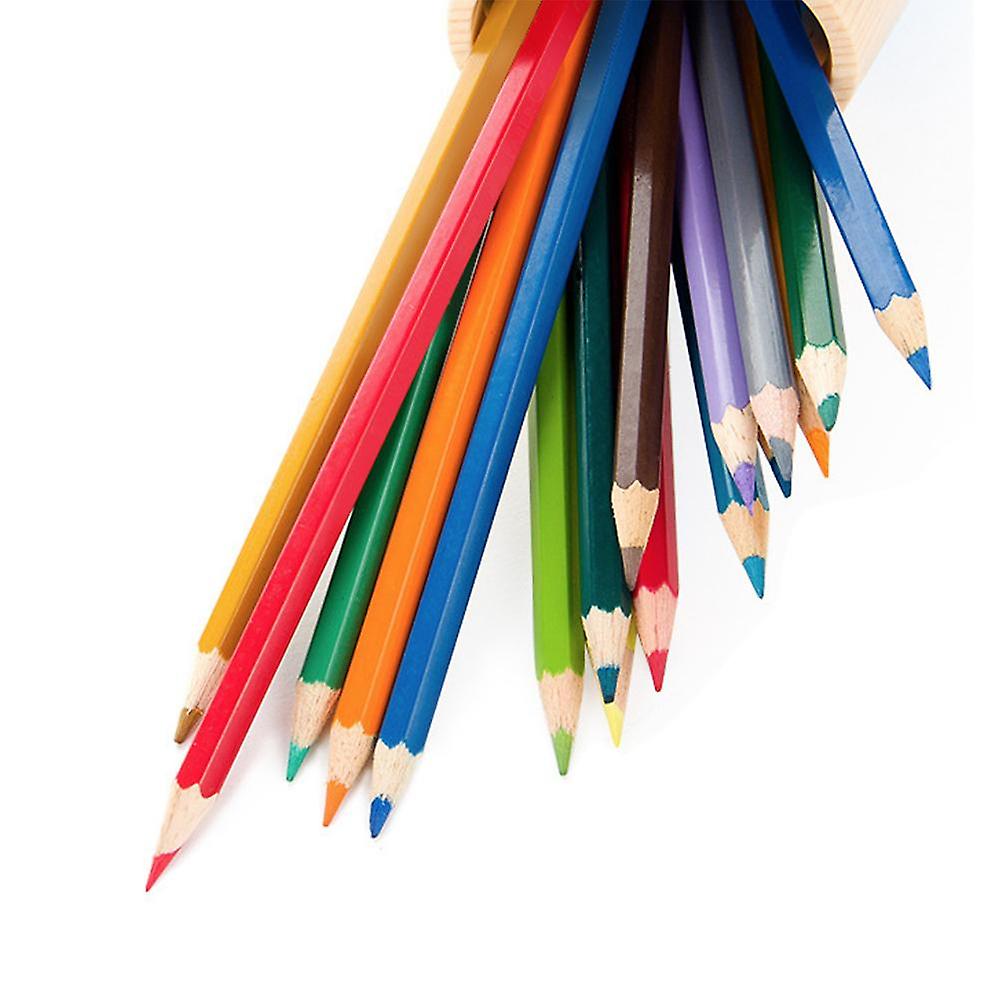
Patience and Practice
Embracing the Learning Process
Colored pencil art requires patience and practice. Don’t rush through your projects; take the time to develop your skills gradually. Allow yourself to experiment without fear of failure. Mistakes can often lead to insightful learning opportunities, so embrace them as part of your artistic journey. Over time, you will notice improvement in your techniques and confidence as you create beautiful works you can be proud of.
Setting Achievable Goals
Establish specific, achievable goals for your artistic development. This could mean completing a certain number of practice pieces each month or focusing on specific techniques. Regular practice ensures you remain engaged with your art and fosters continuous improvement. Document your progress through sketches or finished pieces, providing you with a sense of accomplishment and motivation to keep evolving as an artist.
Showcasing and Sharing Your Art
Creating a Portfolio
As you create stunning colored pencil artworks, consider developing a portfolio to showcase your skills. Organize your best pieces and group them by themes or techniques. Portfolios allow you to track your artistic journey and provide a platform for presenting your work to potential clients or galleries. Additionally, having a collection will help you identify areas for improvement and themes you enjoy working with the most.
Engaging with the Art Community
Finally, don’t underestimate the power of sharing your art with others. Engaging with the artistic community offers valuable feedback and encourages growth. Consider joining local art clubs or taking part in online forums or social media groups dedicated to colored pencil art. Showcasing your work online enables you to connect with a broader audience and gain exposure. Collaborating with other artists can also inspire you, providing fresh perspectives and new ideas that fuel your artistic journey.
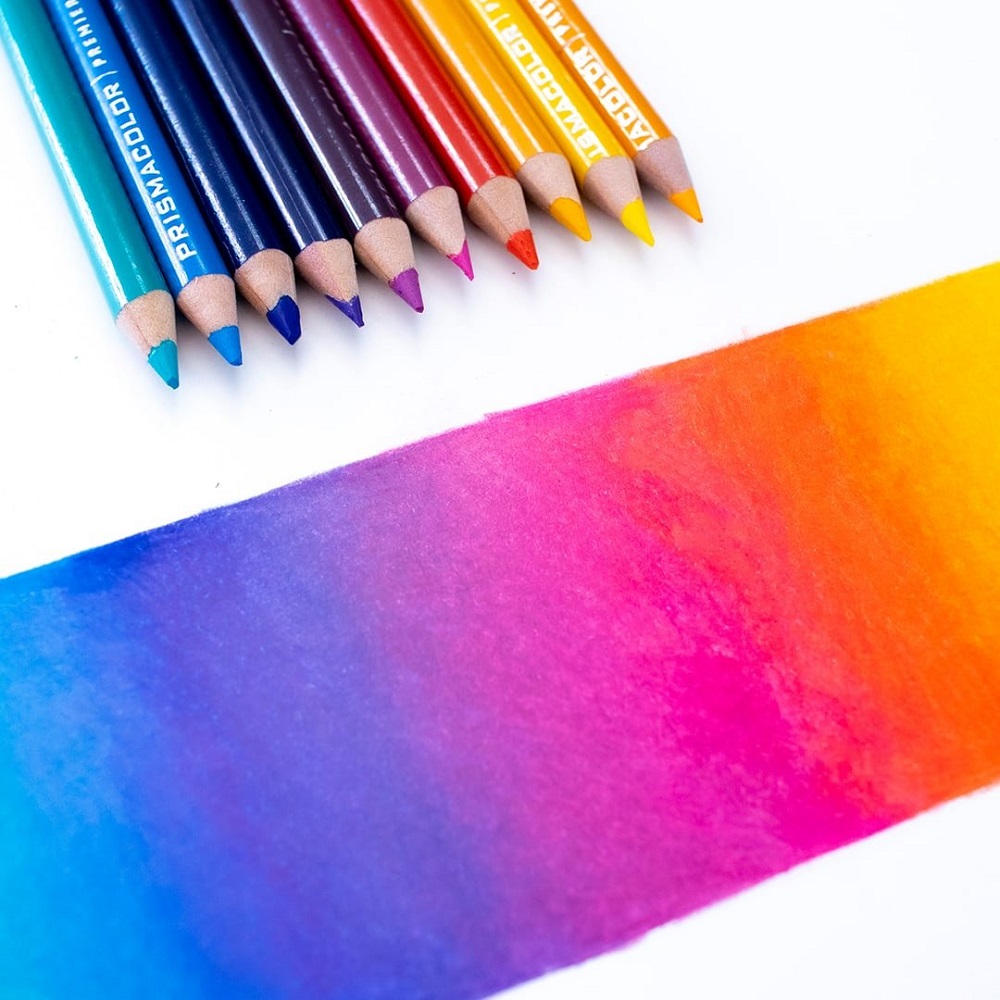
Experimenting with Styles and Techniques
Exploring Different Artistic Styles
As you become more comfortable with colored pencils, don’t hesitate to explore various artistic styles. Whether it’s realism, impressionism, or even abstract art, experimenting with different approaches can broaden your artistic horizon and keep your creative juices flowing. Try creating still-life compositions, vibrant landscapes, or even whimsical character designs. Each style has its unique challenges and rewards, allowing you to discover what truly resonates with you as an artist.
Incorporating Mixed Media
Another way to elevate your colored pencil art is by incorporating other mediums. Combining colored pencils with ink, watercolor, or pastels can create intriguing textures and effects. For instance, you might lay down a base of watercolor and use colored pencils for detailing, adding depth and vibrancy to your piece. Mixed media encourages experimentation and can lead to unexpected results, often resulting in more dynamic and visually interesting artworks. Consider setting aside time to play with different materials and see how they can enhance your colored pencil creations.
Seeking Inspiration and Continuing Education
Finding Inspiration in the World Around You
Inspiration can come from many sources. Nature, architecture, human emotions, and even everyday objects can spark creativity. Carry a sketchbook to jot down ideas or document things that catch your eye. Taking photographs can also be a great way to capture the essence of what inspires you. You might find that observing colors in different lights throughout the day can lead to new insights for your colored pencil work. Engage with the world actively, and allow it to inform and inspire your art.
Learning from Other Artists
Lastly, never stop learning. Follow artists on social media platforms, watch tutorials, or enroll in classes that focus on colored pencil techniques. Learning from others can provide new insights and methods that refresh your perspective. Platforms like YouTube, Skillshare, and even local art schools often offer valuable resources. Engage with your peers, ask for critiques, and appreciate the diversity within your artistic community. By fostering a mindset of continuous learning, you’ll keep your passion ignited and your skills evolving, paving the way for even more stunning masterpieces in the future.
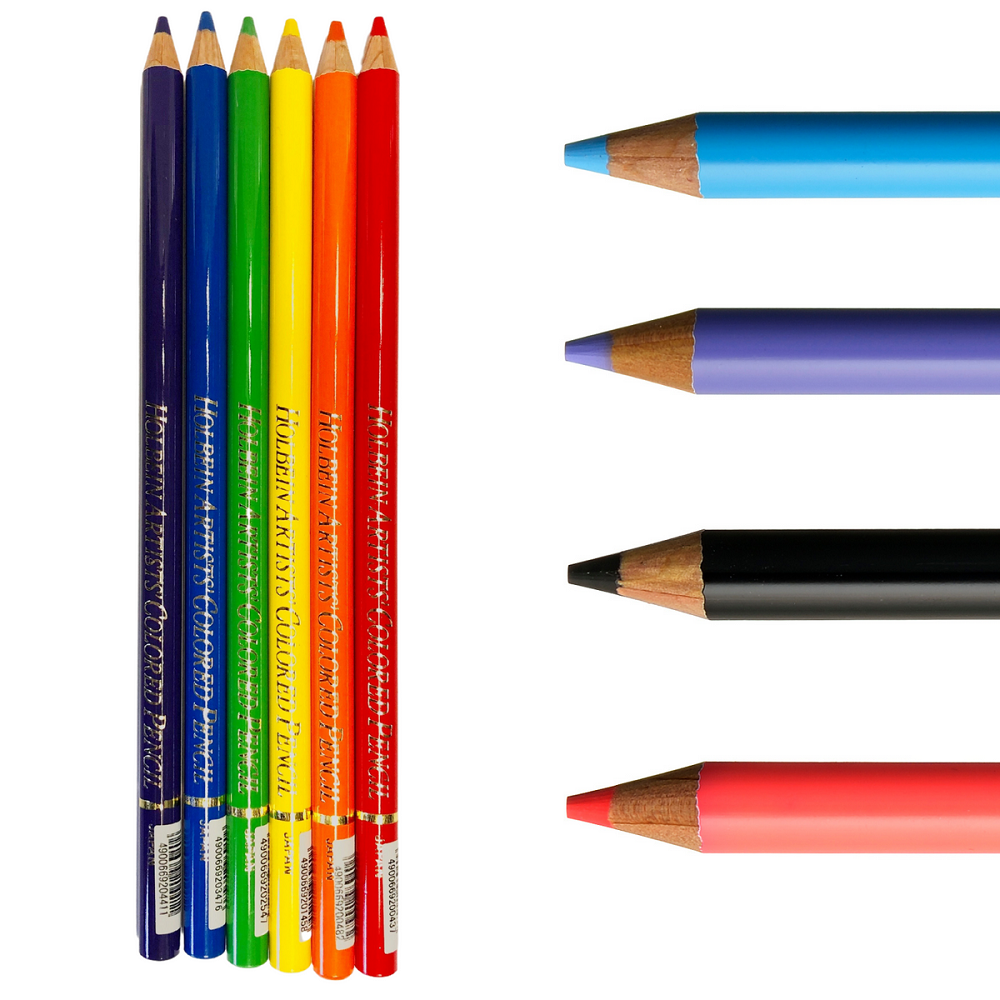
Unleashing Your Creativity
Colored pencil art offers a rich, rewarding medium for artists of all levels. By choosing the right materials, mastering essential techniques, and understanding color theory, you can create stunning masterpieces that demonstrate your unique style. Embrace your creative journey, be patient with yourself, and remember that every piece contributes to your development as an artist. Armed with these tips, you’ll be well on your way to producing beautiful colored pencils artwork that captivates and inspires. Enjoy the process of creation and share your vision with the world!